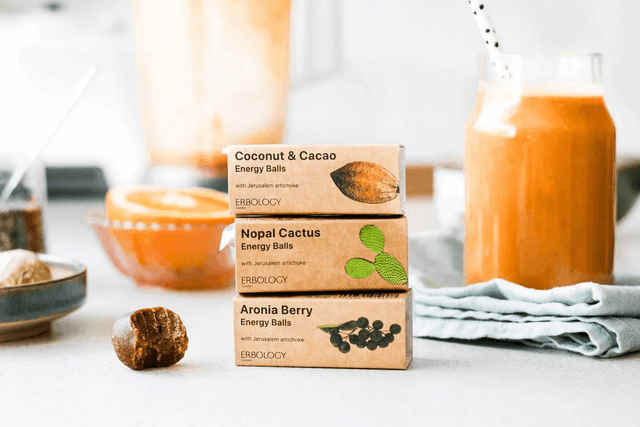18 Mar 2021
What is refined sugar, and why is it bad for you?
What is refined sugar?
The easiest way to think of refined sugar is to picture the paper bag in your pantry. Anything you can buy under the name of ‘sugar’ is refined sugar. This includes any type of processing (for example granulated, caster or icing sugar).
There is some confusion about whether brown sugar is refined, but unfortunately it is. The only difference between white and brown sugar is that brown sugar contains a small amount of molasses. This is a dark-coloured thick syrup which is a by-product of sugar processing.
It has no nutritional advantages over white sugar.
Refined sugar comes from either the sugar cane or sugar beet plants. During processing, sugar producers heat and purify the juice of the plant to make molasses. They then treat it further to produce sugar crystals.
One other type of refined sugar to mention is corn syrup. Lots of manufacturers use this in processed foods, especially in America. Producers make it in a similar way to sugar from sugar cane or beet, but the base ingredient is corn.

How is refined sugar different from naturally occurring sugars?
Naturally occurring sugars make an appearance in lots of different types of whole foods. For example, fruits, vegetables, grains and dairy products all contain naturally occurring sugars.
In essence, refined sugar and naturally occurring sugars are made of the same stuff. They all use the same building blocks, which are single sugar molecules (monosaccharides).(1)
These are glucose, fructose (found in fruit) and galactose (found in dairy). They are molecules which contain carbon, hydrogen and oxygen atoms, arranged in slightly different ways.(1)
For example, the sugar in fruit is fructose.
White processed sugar contains sucrose, which is a disaccharide made of one fructose molecule and one glucose molecule. Lactose, a sugar in milk, is a combination of glucose and galactose.
However, your body breaks down all refined and naturally occurring sugars to produce monosaccharides (glucose, fructose or galactose), regardless of where they come from.
So there’s no difference?
There may be little difference in the actual sugar molecule, but there is a huge difference in how your body processes and absorbs refined and natural sugars.
When you eat a piece of fruit, for example, you are eating a lot more than just sugar. You’re also eating lots of fibre, vitamins and minerals, all of which are beneficial to your body.(2)
With refined sugar, you’re not getting any nutritional benefit at all beyond the energy provided.
Meanwhile, other nutrients in the fruit make it harder for your body to access the sugars within. As we’ll see, this is a good thing.
Think how much work is involved when you eat an apple: you have to chew the fruit to break it down into pieces, then your body has to use various processes to get past the fibre to get to the fructose.
As a result, the sugar enters your bloodstream much more slowly, avoiding sugar spikes which can later leave you feeling tired, cranky and hungry again.
Now compare that to adding a teaspoon of sugar to your tea or coffee. There’s essentially no work involved in getting to the sugar, so it goes straight into your bloodstream.

Right. Smoothies only for me, from now on….
Hold your horses! Unfortunately, there’s more to consider when it comes to naturally occurring sugars.
Let’s go back to that apple. As we know, it’s harder for your body to absorb its sugar. Plus, the fibre in the apple helps to fill you up, making sure that you don’t overeat.
As a result, an apple will provide you with a manageable amount of sugar which will hit your bloodstream steadily, over a long period of time.
The result? You can use this sugar as a healthy energy source.
However, if you throw that apple in a smoothie maker or a juicer, you’re getting your blender to do a lot of the hard work for you.
The blender breaks down much of the fibre of the fruit, making the natural sugars more accessible.(2)
What’s more, when you drink a glass of smoothie or fruit juice, you’re essentially consuming several fruits. Likely, significantly more than you would eat whole. This means you may be consuming a lot more sugar than you think.
Plus, as with fruit juice you’re not getting the filling benefits of all that fibre, you’re likely to still be hungry afterwards. (At least with a smoothie you’re getting some fibre too.)
Smoothies and juices can definitely be good for you in moderation, as they still contain the healthy vitamins and minerals of the fruits. However, you should be aware that they’re not as good for you as the whole fruit, and can still result in sugar spikes.
Related reading




